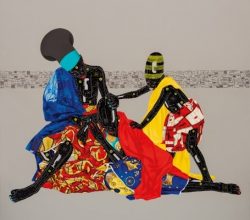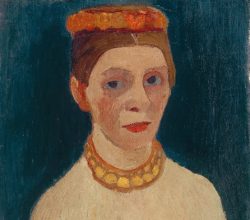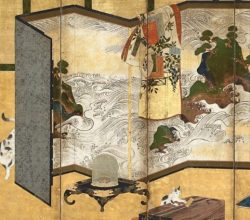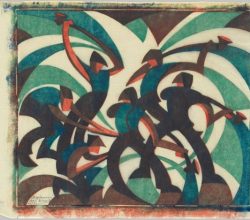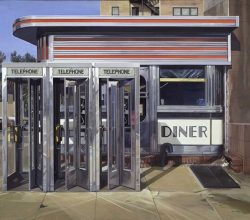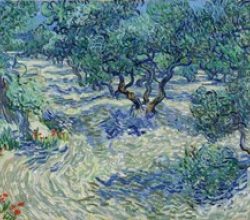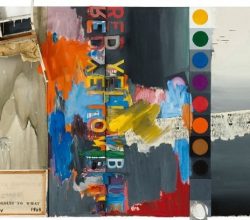
“We Carry Our Younger Selves Around”: Gillian Wearing on Life, Art and Time
Osman Can Yerebakan | AnOther | 17th November 2021
Well before social media arrived, Wearing was making performative portraits – photographs of people in masks or holding cue cards that describe their thoughts. All addressed her core fascination – who are you? Given her view that people tend to live “in their dreams”, is the image we project who we really are or the person we wish we were – or both? The possibility that her approach will appear forensic is moderated by an evident empathy. Ultimately, she says “everyone is interesting”. Images are here.



